Text
Corinne Silva: “Garden State” Exhibition
Corinne Silva: “Garden State” Exhibitionat Ffotogallery, Penarth.
17/03/2015
Corinne Silva’s GardenState is an exhibition featuring photography and sound installation from her two year exploration in and around both public and private Israeli settlements. Inside Penarth’s Ffotogallery, Silva’s work is displayed across the ground floor and first floor. The ground floor features her body of work entitled “Gardening the Suburbs,” whilst the first floor is her “Wounded” series.
The first room on the ground floor displays a large quote from Winston Churchill on the wall: "war is the normal occupation of man - war and gardening." Interestingly this is the only text present to accompany the entire exhibition - though its message is poignant and relevant. Churchill being an important historic figure with regards to war, the relevance of his message is matched well to Silva’s theme of exploring how gardening has played a role in the expansion of Israeli territory.
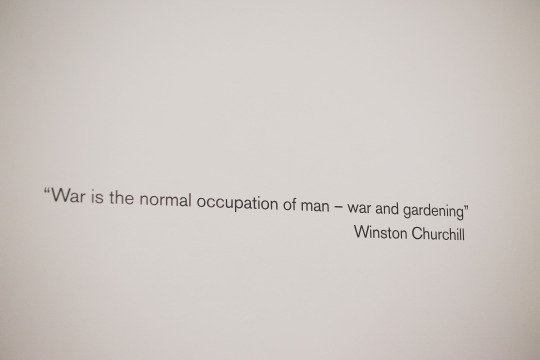
Photographs of various garden areas are displayed across the gallery walls on small 1:1 aspect ratio canvases. Arranged in a fragmented style, there initially seems no clear direction to follow around the room. Square photos almost digital look to them - like pixels. The display gives an aesthetic reminiscent of a map or almost of puzzle pieces.

Corinne herself explains that her photographs “loosely [map] these suburban settlement gardens as they extend from the coastal areas surrounding Tel Aviv, across the Green Line and into the Occupied Palestinian Territories.” This accompanying text, found only in pamphlets at the exhibition’s entrance, provides paramount detail about how the photographs are laid out in relation to their origin of creation.

The canvases give a very prominent feel to these otherwise, at first glance, unimportant seeming garden spaces. The placement of the photographs on the wall vary from near the floor to very high up - this could be an indicator of the heights and terrains Silva has crossed to photograph these gardens. Alternatively, she could be complimenting the bright, clear aesthetic of the images by supplying them with plenty of viewing space.

Lighting consists of fluorescent bulbs from the ceiling aimed straight at the walls the photos are displayed on; resembling the circumstantial bright daylight and clear blue skies the photographs were shot within. There is a great significance about Silva’s choice to mount her images on canvas rather than framing them or hanging them as paper prints. Her ideas are based around colonization and the claiming of territory through landscaping and gardening; and she has emulated this - in a subtle and considered way on very much a smaller scale - in her decision to present her photographs as almost physical objects which take up three dimensional space in this small gallery room.
----
Up a flight of stairs lies the first floor gallery, where an entire room is immersed in darkness. From the ceiling beams, very large canvases are suspended. All is dark except for small lights angled at 45 degrees, facing down on each photo; hanging in alternating patterns of rows of three. There is no text present in this gallery, so besides the pamphlet giving us the contextual information, viewers are expected to find their own way in interpreting the circumstances of the images.The photographs were taken in the Mount Camel Forest in 2010, following a disastrous forest fire.

The canvases are around 5 or 6 foot tall, and display slender trees in a forest with their bark damaged by fire, revealing a sultry layer of orange flesh underneath it. The colours and tones are richly printed, and the contrast between orange and the dark greens and dark room is strong and prominent. The entire layout simulates a forest, with viewers having to navigate around the images as if they were the trees themselves. The sound aspect of the installation is a recording played on a loop in the room: the sound of footsteps shuffling through the forest gives immerses the viewer into the atmosphere of this environment.

In contrast to the light and airy gallery below it, this one gives off a much more mysterious and gloomy vibe. The atmosphere feels dense and quiet; in spite of the sound installation playing in the background, there is an solitude to it. This solemn feeling accompanies the images well in their context.
#corinne silva#penarth#ffotogallery#ffoto#photography#review#gallery review#exhibition review#exhibition#cardiff#penarth ffotogallery#garden state#wounded#garden#suburbia#gardening the suburbs#israel#nature#university#article#50mm#profstudies#Professional Studies
1 note
·
View note
Text
Photography and Ethics (Professional Studies)
Today I read a very insightful article on Visual Culture Blog by Marco Bohr. He discusses the ethic and moral codes in regards to photographic practice based around natural disasters. More specifically, Bohr is writing about Japanese photographers and their decisions as whether or not to photograph post-tsunami scenes in Japan.
Bohr writes that photographer Naoya Hatakeyama was present in a situation during a meeting in 2013 which prompted him to question "what exactly is a ‘good photograph’ in the context of a disaster."(put small 1 here) His concern with a fellow colleague's announcement that a disaster would be "an opportunity to produce [...] good photographs" points to his feelings about the ethics inevitably surrounding such a statement. An example of differing opinions like this brings to mind how strong a dichotomy there can be from one person's moral and ethical standing to the next. The man who called this out in that meeting was clearly not at all hesitant about photographing disasters; which are viewed by many as quite an unethical thing to do, given the context of horrific destruction and loss experienced by those involved.
In the article, Bohr also mentions how disasters and what may be to the majority - uncomfortable - situations to photograph, can also be very intriguing to many people. He writes “In the epilogue of [Kishin Shinoyama’s] photobook Atokata he describes his bewilderment encountering a totally new landscape for the very first time." This 'bewilderment', subsequently leading to a series of photographs produced at the scene, demonstrates just how powerful newness, unfamiliarity and drama are as factors in each individual's ethical framework. In Shinoyama’s case, his reaction was of fascination, and he felt the urge to photograph. To others, this may not be the case, depending on their personal stance. In an everyday context it could be put like this: a photographer notices an accident such as a car crash; they may either feel compelled to capture this unique dramatic and disastrous scene OR they may feel it would be wholly inappropriate to photograph such a horrible scene where those involved may have been injured or killed.
As Bohr puts it: "the ethics of photography [...] continually morph depending on the social setting they are considered in." There will always be global debate regarding the ethics of photographing in a plethora of situations. Ethics in photography largely involves personal opinions and every photographer's moral views will come into play alongside ethics for as long as photography is a practice.
1 note
·
View note
Link
Absolutely wonderful article by Marco Bohr about photography Ryan L Moule's exploration into its transience. Really interesting read.
2 notes
·
View notes
Text
John Blakemore (Research for Studio Photography)
Perhaps one of John Blakemore’s more famous series of work,his photographs of tulips have continued to inspire and inform photographersfrom the days of their creation in the early 1990s until today. Although his work with tulips was not studio based, I have chosen to research it and it has helped to inspire my ideas of working with flowers in the studio module.
i found his book "John Blakemore's Black and White Photography Workshop" in the library and was reading mainly through the "Tulip Journey" section. He informs the reader about his practice and how these ordinary household flowers became a pivotal subject in his photographic work.
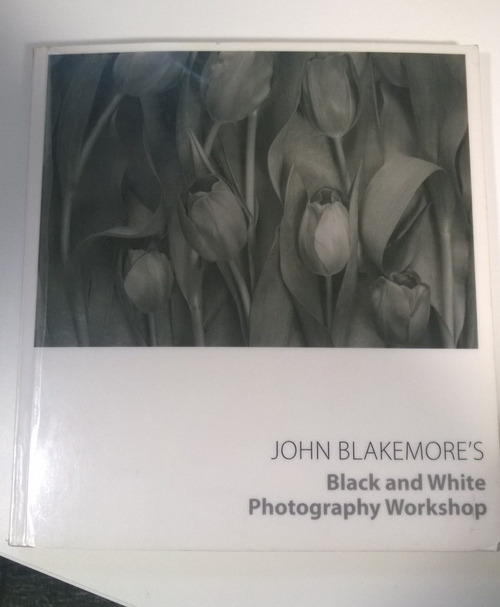
Blakemore explores the form and shapes of the tulips and the variations in the species. Working both with wider angles and in a closer proximity to them, he studies the visuals created by groups of tulips in different arrangements.

He explores how light interacts with the flowers to create shadows and reflections from their vases; and notably photographs them from a variety of angles instead of the standard, formal and head-on approach seen in most floral photography both classic and modern.


In the above image, John discusses viewpoints, and how a high one can "isolate" the subject. In my own images I seek to isolate my flowers in a sense, by centering them. I will perhaps try this method of looking at them from a slightly higher angle instead of straight-on.
I find all of these images incredibly beautiful. They are a tribute to the appreciation we have of these homely and delicate flowers. In my own studio work with flowers, I actually plan on challenging this idea.
While I do want my own photography to show my flowers in their delicate sense, I am combining this delicateness with the harshness of reality and modernity. Instead of shooting flowers placed nicely in a home environment, I am instead going to show how our modern world has interfered with and destroyed a lot of this natural beauty we so adore - via the pouring of brightly coloured paints.
My main goal in researching Blakemore's tulip photography has been to seek out what a classically beautiful image of flowers can be, and to challenge the rules of it, and even break them.
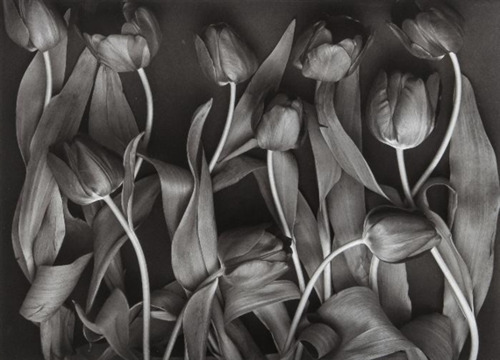
Tulipa (1994) (c) John Blakemore
Source: http://www.mutualart.com/Artwork/Tulipa/B03681DC359C5B56
Book reference: Blakemore, John, (2005) John Blakemore’s Black and WhitePhotography Workshop, Newton Abbot, Devon, David & Charles PLC
2 notes
·
View notes
Photo

Professional Studies
Personal Ethical Framework
0 notes
Text
Studio Photography Proposal Presentation


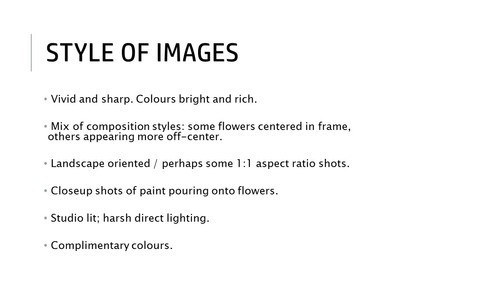




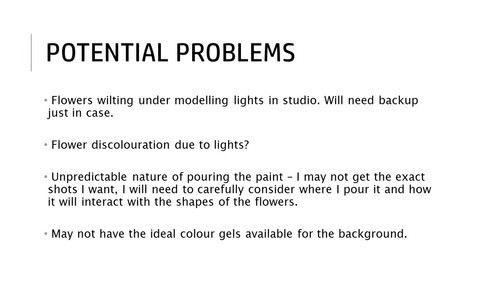
0 notes
Text
Digital Imaging Proposal Presentation

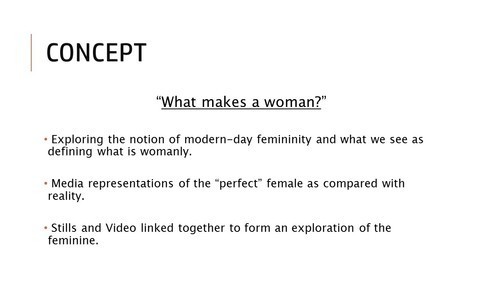

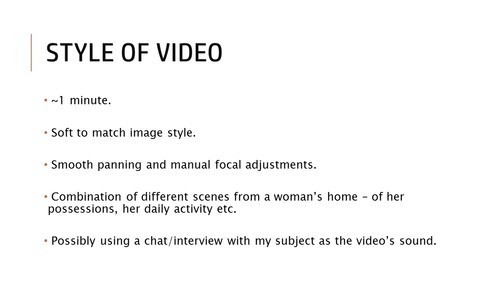


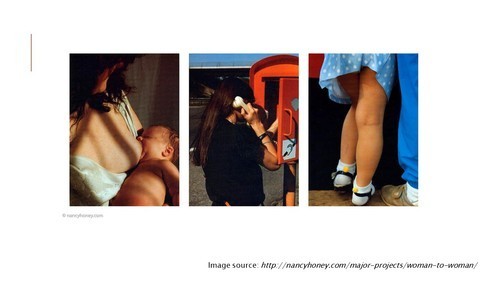
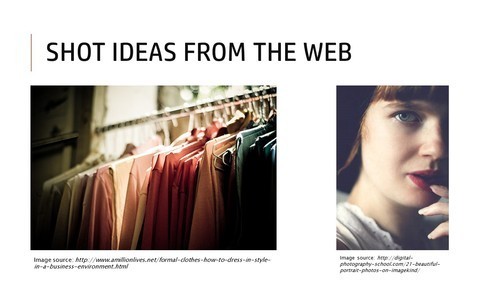
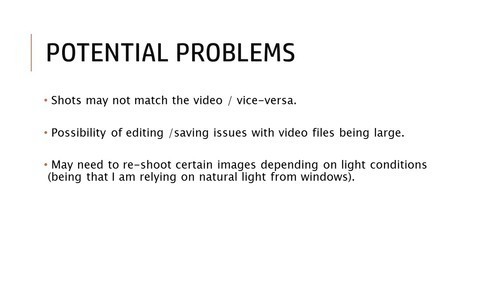
0 notes
Photo
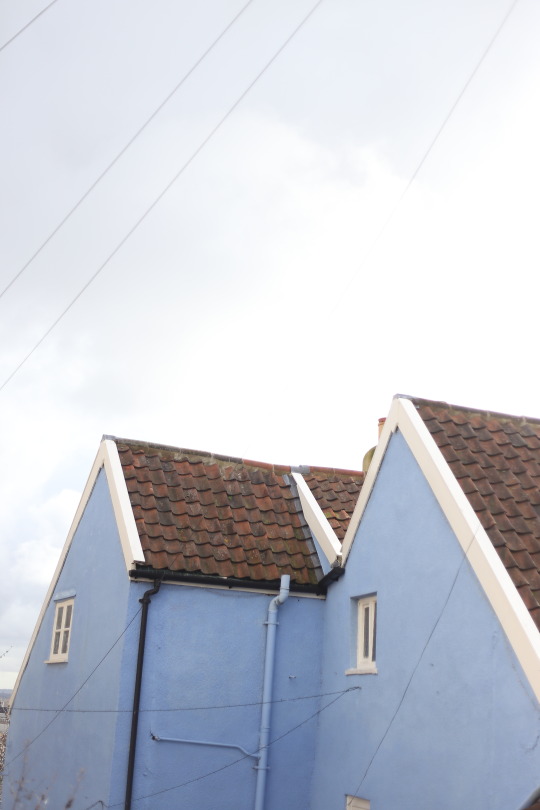

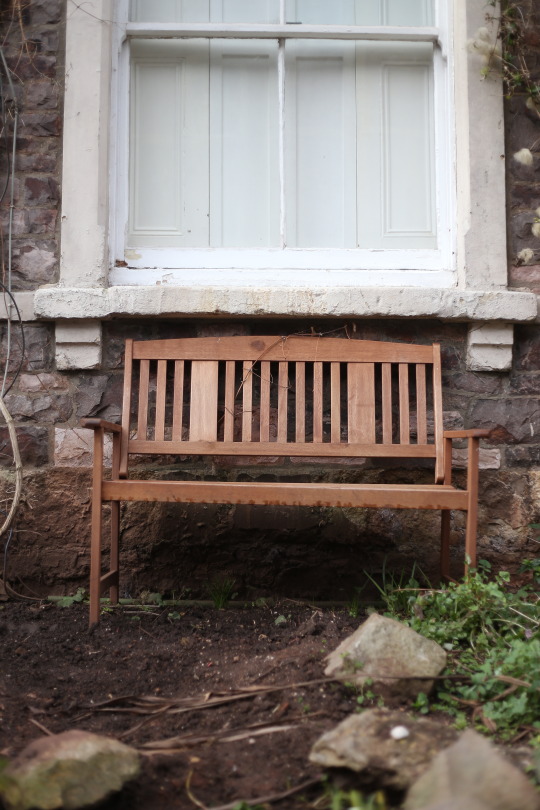



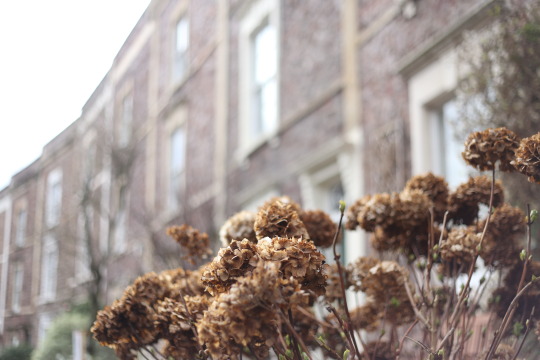
Postcode Task Images
3 notes
·
View notes
Text
Lens Test Chart
Using a chart given to us by a lecturer, in groups we tested our lenses and the image quality they produced.
We set up our cameras on a tripod, and with even lighting using the travel studio kit, shot photos of this chart square on. I set my camera to aspect ratio 3:2 which is what I prefer to use, and changed apertures for each shot.
What I found was more (but only slight) chromatic aberration on the edges of the black lines at the wider apertures, when compared to the smaller ones. You can zoom in on the images and are able to see the visual differences in sharpness, aberration and contrast between the apertures.
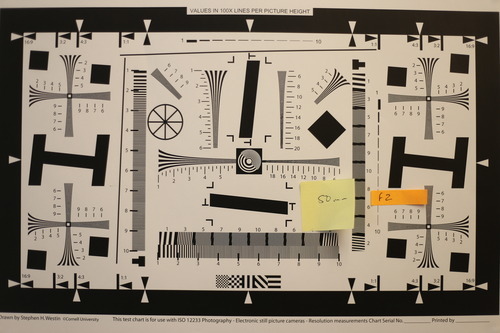
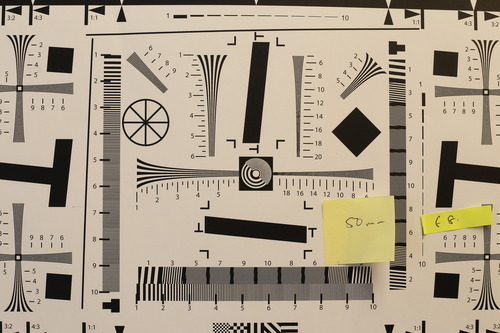

I observed that there was actually very little distortion such as pincushioning or barrel distortion on a 50mm 1.8 prime lens.
Here is a close up of f.2, then compared with f/22...

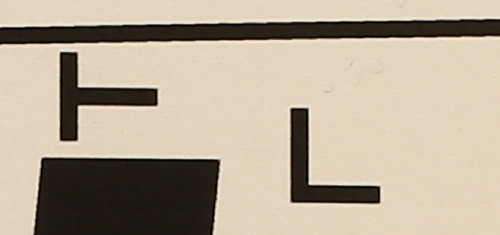
As you can see the first image at f/2 is much less sharp than f/22 and has a blurry look on all the edges. Image quality on a very closeup level is clearly affected by different apertures and is optimal at smaller apertures where more sharp focus is achievable.
0 notes
Text
Postcode Task
On March 3rd our class was emailed a short assignment to be completed for 1pm the same day. This task wasto be completed as part of our Professional Studies module. Here was thecriteria for our shots that day:
• Mini ‘Story’ - a series of 3 images that communicate somethingof the place / street
• 1 x ‘Portrait’
• 1 x ‘Light’
• 1 x ‘Round’
• 1 x ‘Angle’
• 1 showing your camera capabilities and / or your technical expertise.
As if it were a limit of a single roll of film, we were given the maximum number of 36 shots using our DSLRs, and were told not to delete or edit any of the images. Of these, we had to select and print 8 final images and create a contact sheet. The assignment was a short one to help teach us the importance of scheduling, time management, printing and decisive and creative shooting within the limited space of one random street assigned to each of us.
My given postcode was BS8 4TE, Bellvue Crescent. It was a long stretch of tall, repetitive terraced houses. It was pretty, but relatively plain with not a lot going on. This was where the challenge lay - taking interesting shots of this street.
I found the task interesting as because we were given locations to find by ourselves and photograph without ever having visited before. I found my time management skills excellent during this task - I set off to the location at 9am and took a good half hour shooting, then was off to print my images and finished by 11.30am. I had to think creatively about the themes to produce interesting images and I had to use my image selection skills to decide which 8 of my images were the strongest and most coherent to the themes given. Admittedly I could have shot more images to fill my 36 quota and I could have done this by spending more time at the location looking for inspiration.


0 notes
Photo

Digital Imaging - Womanhood
One of my favourite singular portrait images from my three shoots so far.
0 notes
Photo


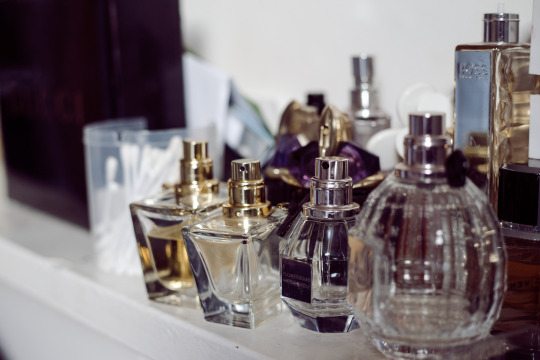
DIGITAL IMAGING
I feel there's more of an interesting narrative with this set including more of a candid portrait instead of a hidden face. The first image gives you an immediate feminine feel - the bright colours and makeup mirror, and then you see this portrait of a woman smoking, somewhat less typical of a stereotypical feminine image - revealing truths about what it means to be a woman. The last image is again an effeminate collection of perfume bottles connoting luxury and fragrance which contrasts well against the portrait image.
0 notes
Photo



DIGITAL IMAGING - EDITING THE PHOTOS IN PREVIOUS POST
0 notes
Photo
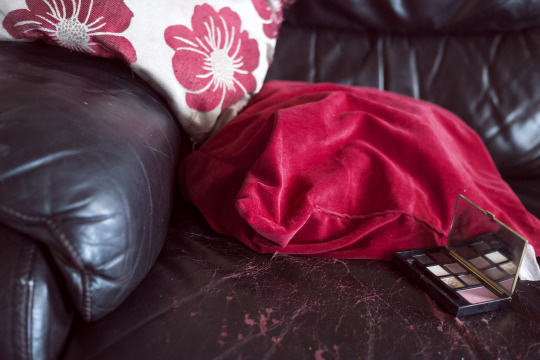


DIGITAL IMAGING
First experimental set of edited images
Exploration of femininity through personal items.
I love these three photos individually, and so I combined them to see how they'd work as a triptych. I've adjusted the colour values in Photoshop to give them all a subtly magenta tone, pushing on the feminine quality of the photographs and their content. I like how this affects the images and ties them together colour scheme-wise. However, I have noticed my use of the mirror in two of three images and feel this may not be the best way forward in presenting this woman's femininity as it is too repetitive. I will re-think my selection.
0 notes
Photo
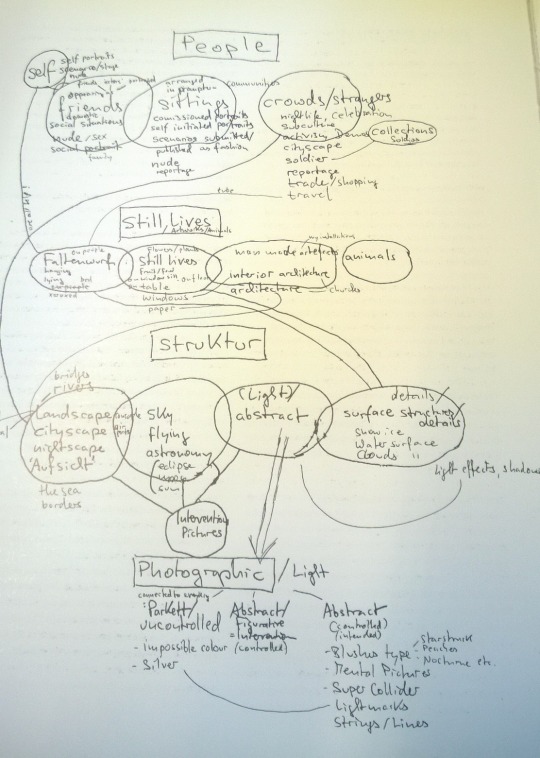
Diagram of ideas photographed from a page of Wolfgang Tillmans' If One Thing Matters, Everything Matters (2003)
Sometimes it's interesting to look at and find out how other photographers summarise their ideas before shooting or before selecting final images!
1 note
·
View note
Photo

Extract from: Wolfgang Tillmans' If One Thing Matters, Everything Matters (2003)
An interesting view on genres within photography...
4 notes
·
View notes
